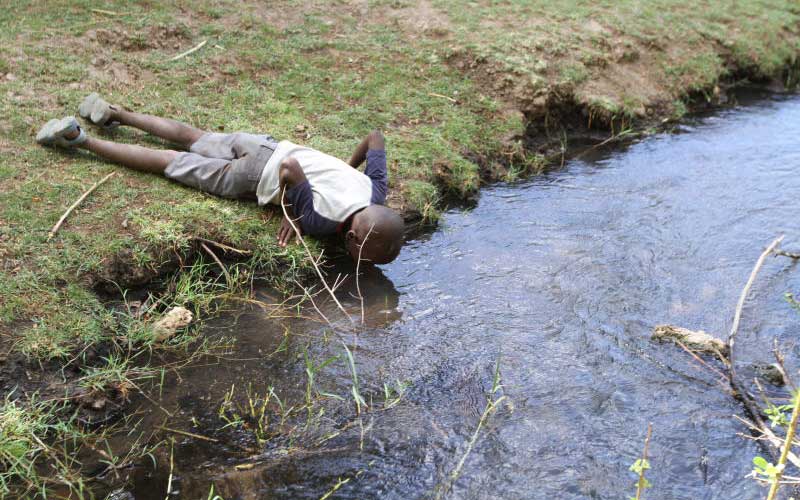×
The Standard e-Paper
Kenya's Bold Newspaper

Do you have drinking water that is free from contamination and available when needed? Does it take you less than thirty minutes to collect water from a protected source?
If not, you are part of the one-in-three people globally that do not have access to safe drinking water according to a joint report by UNICEF and the World Health Organization.